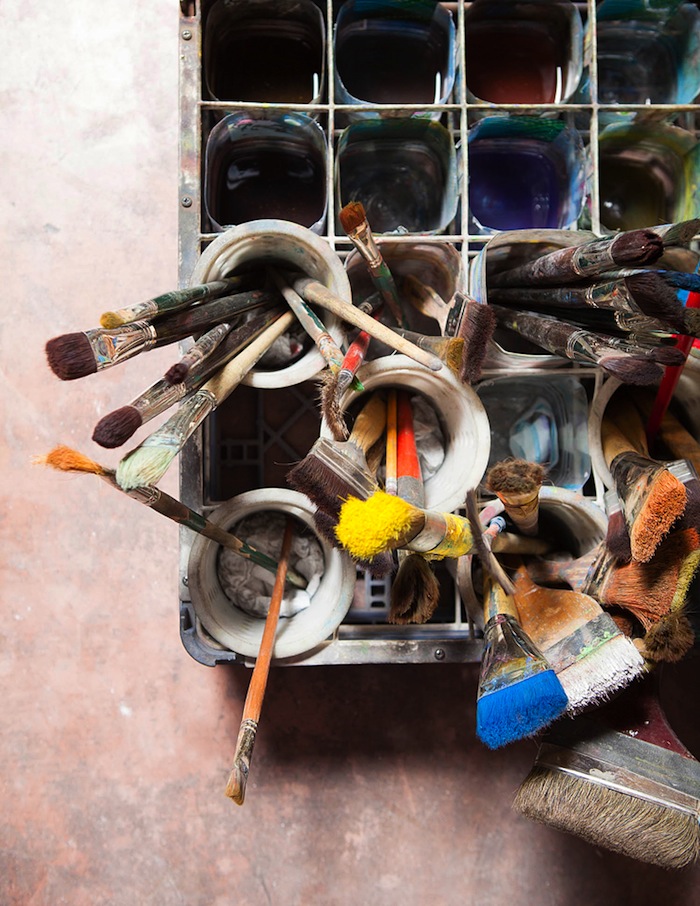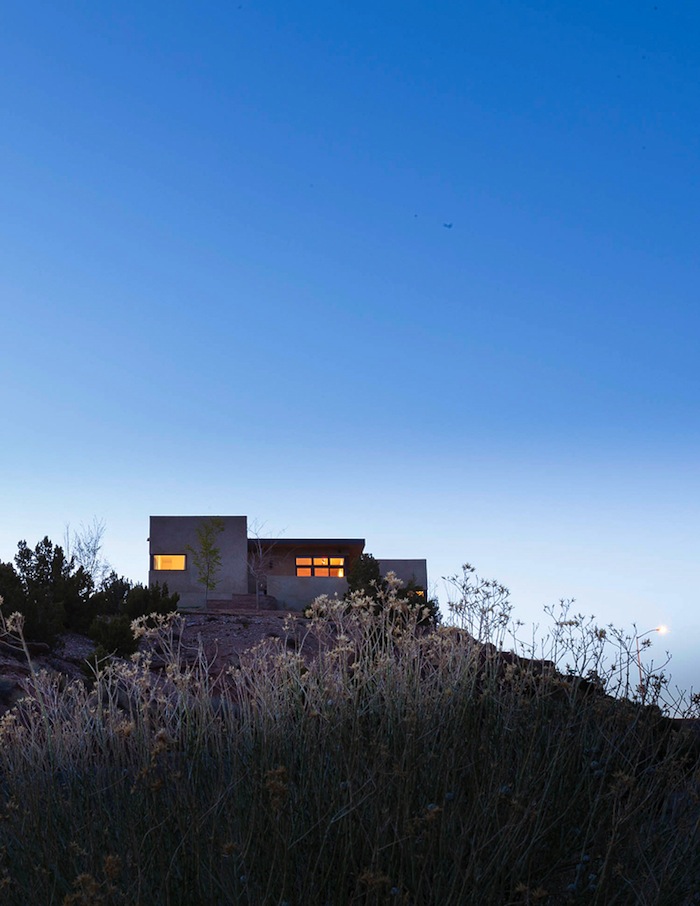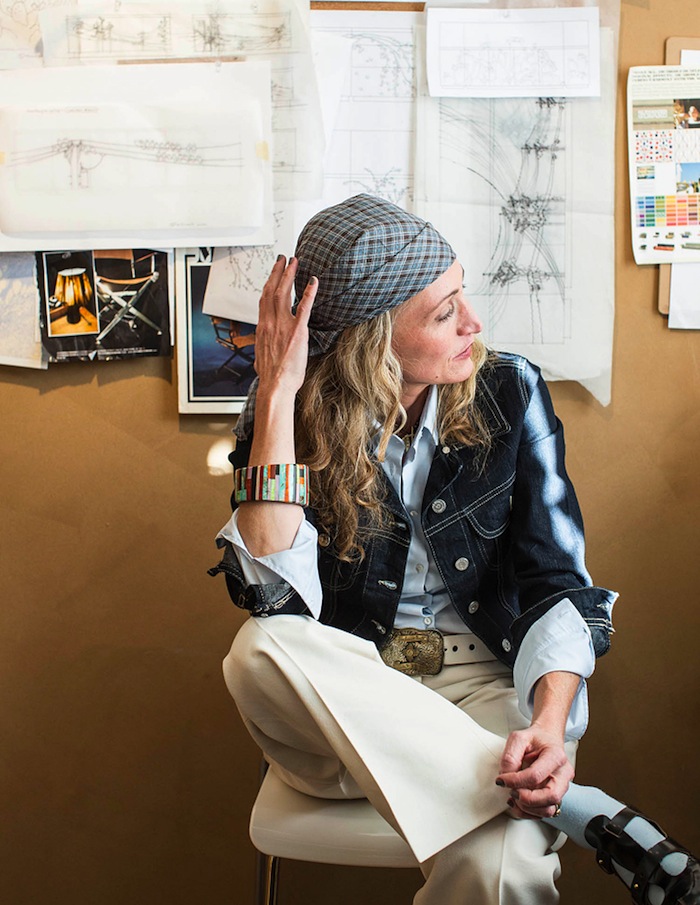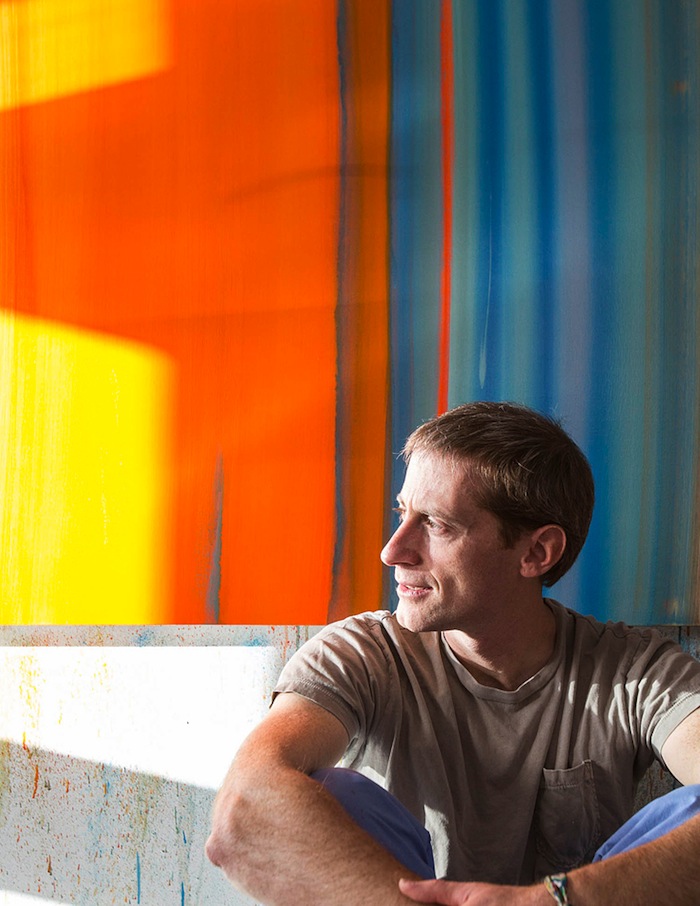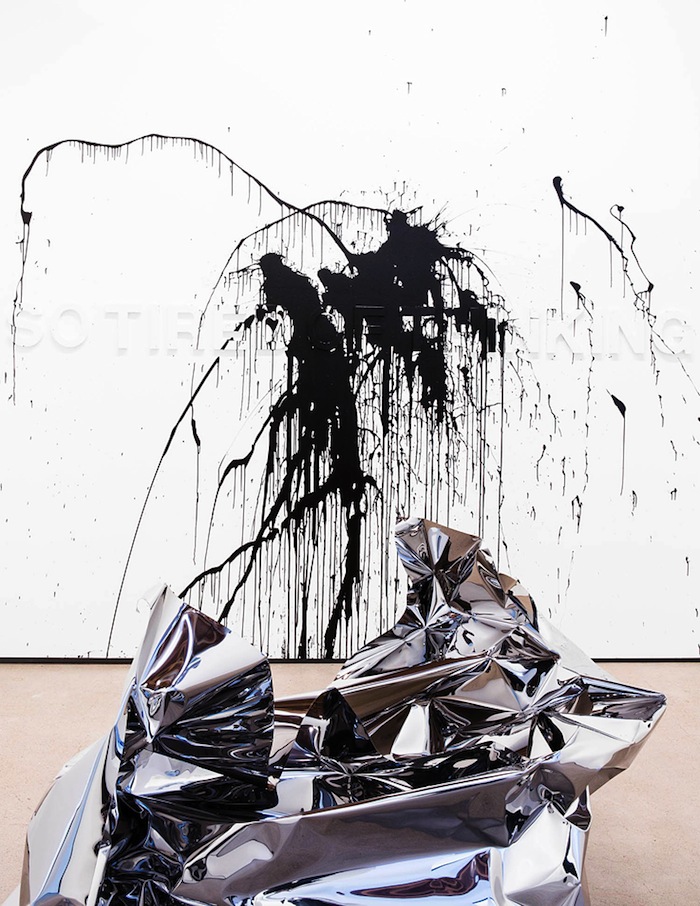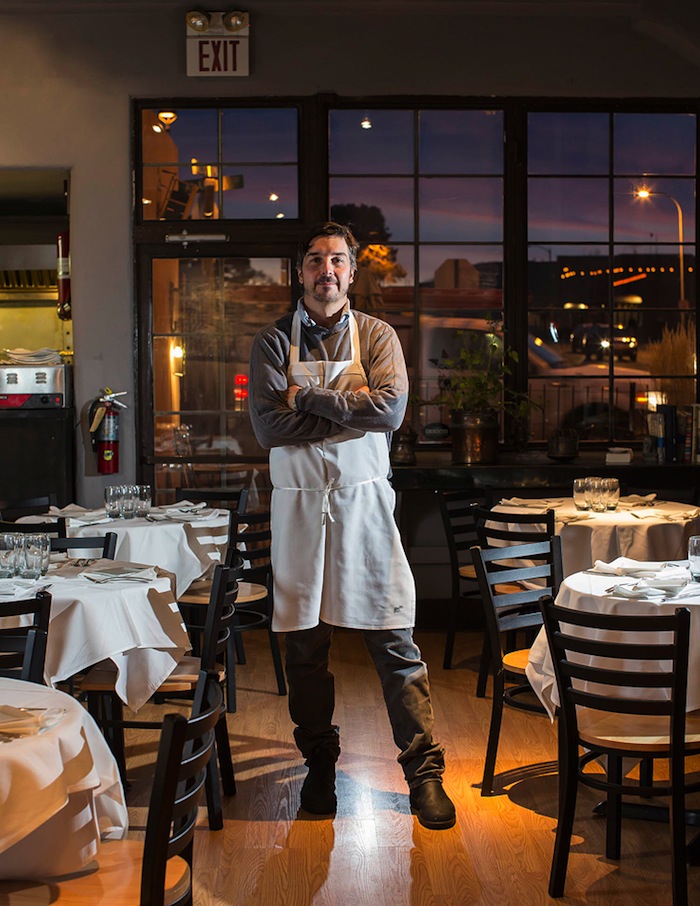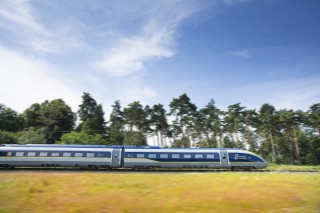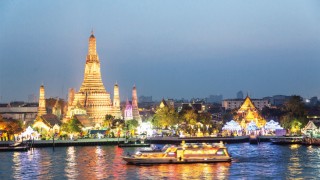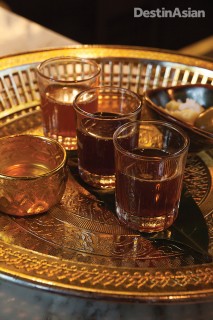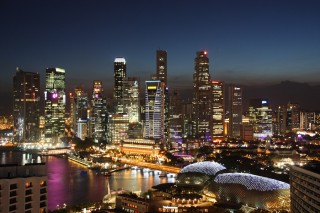I decide I need to pose this question to local artists, and after a couple of quick phone calls I have a pad-full of contacts. I ring Emily Henry, an interior designer, artist, and furniture-maker that a good friend describes as “the quintessential Santa Fe eccentric.” I meet her for coffee at her cozy downtown office space, a mod glass-and-steel interior that looks out onto a leafy courtyard. When I arrive, Henry is at her drafting table amid stacks of sketches for a new furniture design she’s been penciling all morning.
Henry, 43, tells me that her great uncle Gene moved to nearby Taos in the 1920s to escape the monotony of his life in Kansas, and that her parents followed in the early ’60s when they left Wisconsin. “The history of Anglos coming here is to find themselves,” she tells me. “People go to New Mexico to get away from it all. It’s a place where you don’t have to live by anyone else’s rules.”
Henry grew up in a Taos commune among art luminaries such as Dennis Hopper and Kenny Bell. “We lived in the house that Mabel Dodge Luhan built for D.H. Lawrence,” she says casually, as if everyone might have had this experience. She later moved to Pittsburgh where she worked at the Carnegie Museum of Art, but not for long. “The East Coast and me were like oil and water,” she says. “Once New Mexico digs into you, it’s hard to get out of here, to shake off the beauty. You know—the landscape, the air, the smell of chamisa after the rain.” I understand perfectly: unlike in New York, which is really where a journalist should live, here in Santa Fe I can stroll cactus-lined trails at dusk, breathe in burning-dry sunshine at my patio office in summer, and, except for the reassuring growl of thunder or the eerie laughter of coyotes, sleep in blessed silence. This land is an inspiring muse.
The environment plays heavily into Henry’s furniture, a line of poplar and pine credenzas and side tables that are hand-carved with stylized local motifs: wild plum blossoms, cactus pads, and pigeons on a wire that Henry—with a little shuffle resembling a Native American tribal dance—refers to as Navajo birds. Named Millicent after the idiosyncratic 1930s socialite Millicent Rogers, who moved from New York City to Taos and became a champion for Southwestern art, the line is also infused with New Mexican history. Henry pulls down books filled with faded color photos of wood chests and doors by Nicolai Fechin, a Russian artist who immigrated to New Mexico in 1923 and became famous for his carving. The style proved so popular that it inspired a movement during the New Deal era, with artisans paid by the Works Progress Administration to produce etched furniture. Henry’s pieces have the same rough-hewn character as WPA furniture, but her designs are modern, the carvings delicate and refined, and the wood inlaid with hammered brass. “It’s the culmination of my knowledge and history with this place,” she says. “I’m learning to take this tradition and update it, expand on it. The challenge is to create something that is very Santa Fe without being Southwestern.”
This idea of renewal reminds me of a friend, architect Jonah Stan- ford, and after I’ve left Henry’s I ring him up and make dinner plans. Santa Fe’s most distinctive characteristic is its architecture. By law, buildings in the city must adhere to a strict code that includes, among other things, flat roofs, low one- to two-story profiles, adobe construction (though most new buildings are “faux-dobe” frame structures shaped and plastered to look the part), and earth-tone exteriors. It’s the basis for a whole architectural movement known as the Santa Fe style.
“I don’t necessarily subscribe to the history or the administration of it,” Stanford says that night over dinner at his home in the lower
Railyard neighborhood. “But it’s true that the style has given Santa Fe a strong sense of place.” He tells me that though many visitors believe the squat, mud-brick look of town hearkens back to the Spanish or even to the Pueblo Indians who first inhabited the region a millennium ago, the architecture and town layout, including some of the circuitous road design, date to 1912. That’s when New Mexico was granted statehood, becoming the 47th state in the union, at which point Santa Fe city planners mandated the building style to preserve the town’s romanticism and fuel tourism.
I’m chagrined to hear that part of what I love so much about Santa Fe—that it looks unlike anywhere else—is a contrivance. Stanford, however, doesn’t see it that way. “Our projects have to live in their environment,” he tells me, “but we also have to continue to evolve.” Stanford has won commendation for his modern, fully sustainable reimagining of the Santa Fe style. He has cultivated an aesthetic that preserves local hallmarks like overhanging portals, accentuates the cubist appearance with blunt, clean lines and crisp corners, and modernizes the look with high ceilings, extensive glass, and unexpected materials such as corrugated steel. “The people who worry about ‘preserving’ Santa Fe aren’t from around here. There are over 40 Bacas still living on Baca Street,” he says, gesturing to the historic road that runs 100 meters from his contemporary home. “They are our biggest supporters.”



